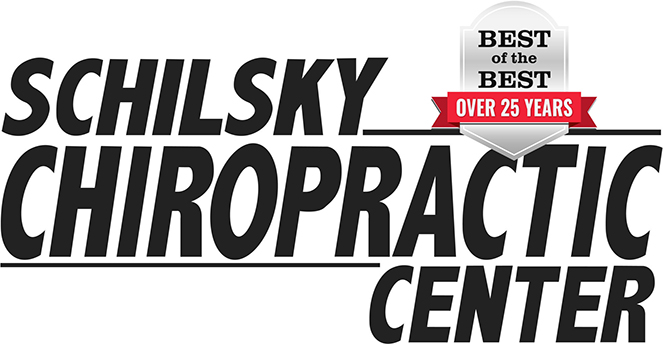Treatment of Rotator Cuff Injuries
What is the Rotator Cuff?
The shoulder is a ball and socket joint with a relatively shallow socket. The rotator cuff is a set of four muscles and their associated tendons; supraspinatus, infraspinatus, teres minor, and subscapularis. These four separate muscles come together over the head of the humerus where it connects to the shoulder socket. The rotator cuff does the majority of the shoulder joint stabilization.
Function of the Rotator Cuff
As stated before, the rotator cuff helps stabilize the shoulder. The musculature also allows for the movement of the shoulder. Each muscle functions differently and in a different plane of motion. The supraspinatus is active throughout the abduction of the shoulder. The infraspinatus and the teres minor both act as external rotators. These two muscles are active at different angles, neutral or at 90° of abduction. The subscapularis is the strongest of the rotator cuff muscles. This muscle is also the largest and focuses on internal rotation of the shoulder.
Injuries to the Rotator Cuff
There are two different ways in which the rotator can become injuries; extrinsic or intrinsic. Extrinsic injuries are due to compression or impingement forces. Intrinsic means that the cuff itself is changing and developing tears.
A rotator cuff may become strained, impinged upon, subject to degeneration, or torn. Just like other muscular strains, the rotator cuff can become injured due to increased stresses on any one of the four muscles. Impingement of the rotator cuff can be due to swelling of the bursa sacs or joint swelling. When the shoulder joint becomes inflamed, the joint space will shrink causing the musculature to become pinched by other structures. The rotator cuff may also become impinged by the humeral head and the postero-superior labrum during overhead motions (such as throwing a baseball). As with many other diseases and disorders, age can take a toll on the tendon. With age, the rotator cuff tendon will begin to degenerate due to use. Lastly, a hooked acromion process can cause impingement of the supraspinatus at the AC joint. These hooked acromion processes may also lead to labral tear or rotator cuff tears. Also, injury to the rotator cuff commonly occurs from repetitive use or injury.


